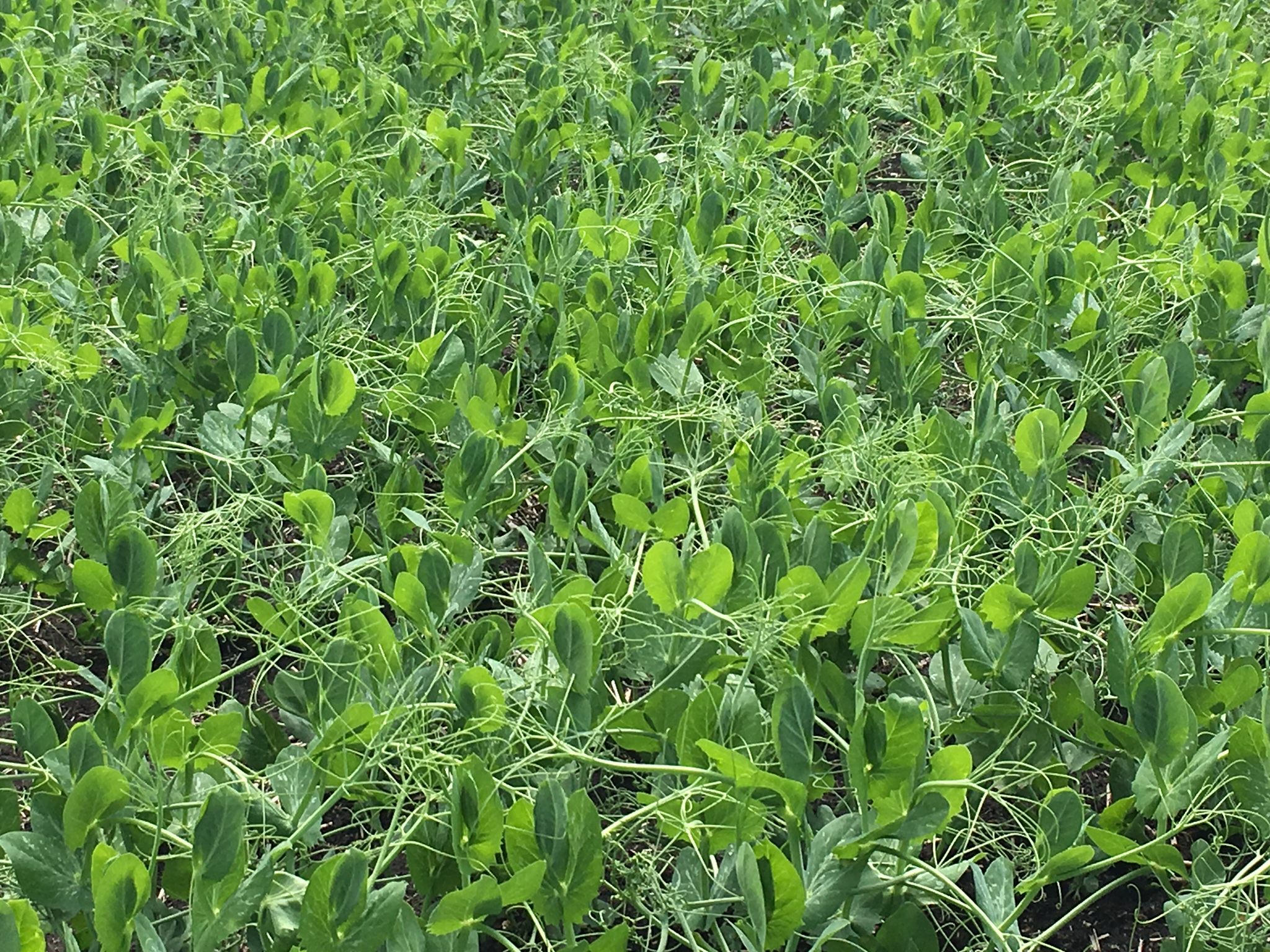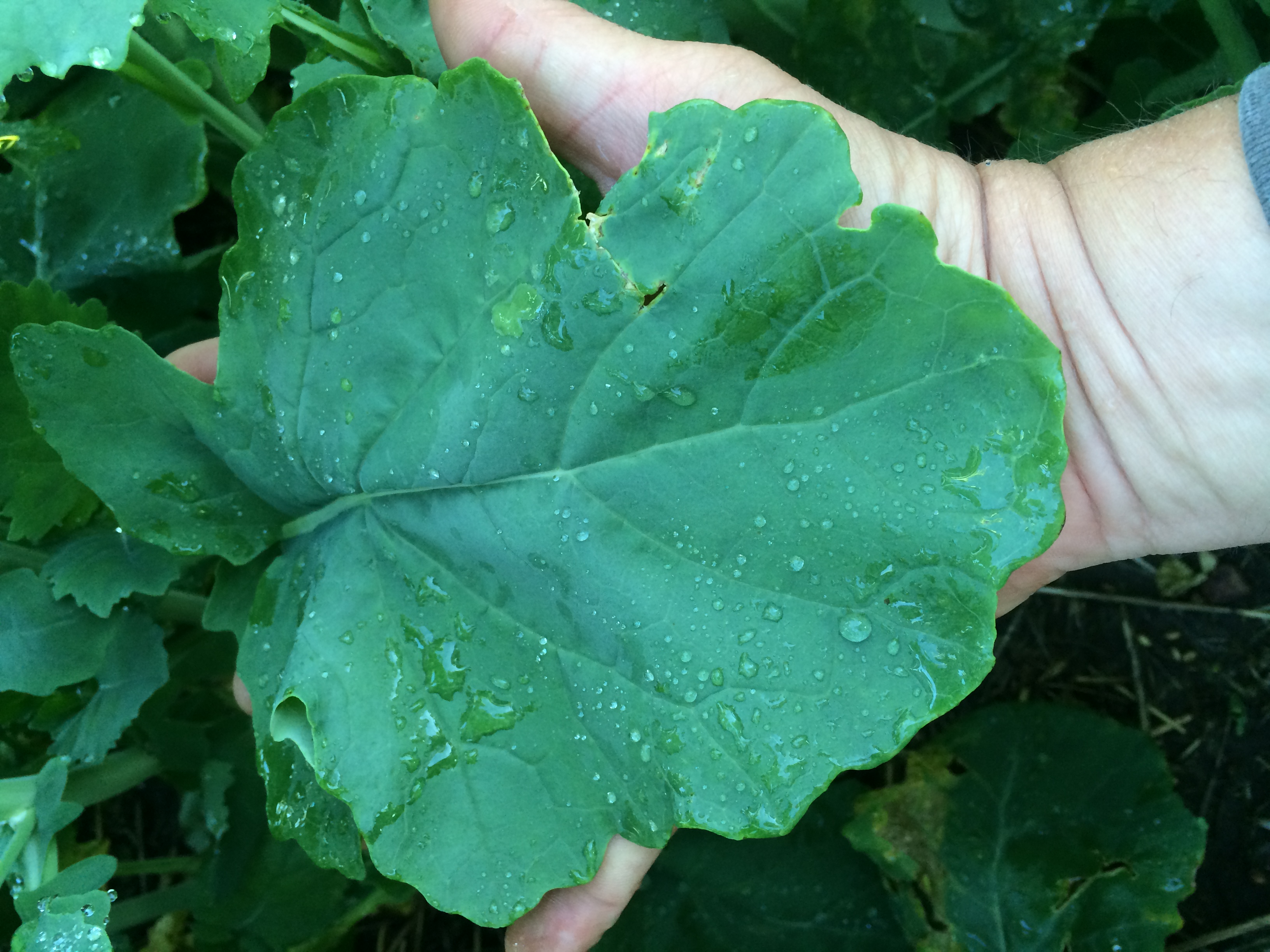Does Eco-Friendly Disease Control work?

If you are a gardener, farmer, or homeowner, you probably know how frustrating it can be to deal with pests and diseases that attack your plants and crops. You may have tried using various pesticides and fungicides to get rid of them, but you may have also wondered about the negative effects of these chemicals on your health, the environment, and the food chain. Is there a better way to control pests and diseases without harming yourself and the planet? The answer is yes: eco-friendly disease control.
What is Eco-Friendly Disease Control?
Using natural or biological agents to prevent or reduce the damage caused by pests and diseases in plants and crops is called eco-friendly disease control. These agents, such as microorganisms, insects, plants, or other natural substances, can suppress, repel, or kill harmful organisms without harming the beneficial ones. Eco-friendly disease control can also be known as biological control, biocontrol, or bioprotection. 1
Why Choose Eco-Friendly Disease Control Over Chemical Methods?
Compared to conventional chemical methods, eco-friendly disease control has many benefits. They are safer for humans, animals, and the environment, as it does not leave toxic residues or cause pollution. Also,it is more sustainable and cost-effective, as it does not require frequent applications or expensive equipment. Furthermore,they are more compatible with organic farming and integrated pest management (IPM) practices, as it does not interfere with the natural balance of the ecosystem. They are also more adaptive and resilient, as it can cope with changing conditions and reduce the risk of resistance development.2
How Does Eco-Friendly Disease Control Work?
Different strategies and mechanisms are used by eco-friendly disease control to achieve its goals.Some of these are:
• Competition: This involves using beneficial microorganisms that can outcompete or inhibit the growth of harmful microorganisms in the soil or on the plant surface. For example, some bacteria and fungi can produce antibiotics, enzymes, or siderophores that can suppress the pathogens. 3
• Predation: This involves using beneficial insects that can feed on or kill the harmful insects that damage the plants or crops. For example, ladybugs can eat aphids, lacewings can eat whiteflies, and parasitic wasps can lay eggs inside caterpillars 4
• Induced resistance: This involves using natural substances that can trigger the plant’s own defense system against pests and diseases. For example, some plant extracts, hormones, or elicitors can induce the production of phytoalexins, pathogenesis-related proteins (PRs), or other compounds that can enhance the plant’s immunity 5
• Antifeedant: This involves using natural substances that can deter or reduce the feeding behavior of harmful insects on the plants or crops. For example, some plant oils, extracts, or compounds can affect the taste, smell, or digestion of the insects 6
Examples of Eco-Friendly Disease Control in Action
Various insects and diseases that affect different plants and crops can be controlled effectively by eco-friendly disease control. For example:
• Biocontrol strategies: an eco-smart tool for integrated pest and diseases management: This is a special issue of BMC Microbiology that focuses on biocontrol approaches that can suppress the biotic stresses, alter plant defense mechanisms, and offer new eco-smart ways for controlling plant pathogens and insect pests under sustainable agriculture.7
• Host Plant Resistance: An Eco-Friendly Approach for Crop Disease Management: This is a book chapter that discusses how host plant resistance can be an eco-friendly approach for crop disease management. It covers the types, mechanisms, sources, evaluation methods, and breeding strategies of host plant resistance.
Eco-Friendly Pest Control from Custom Ag Intel: BioPowerD.
BioPowerD bioinsecticide contains a consortium of beneficial microbes reported to be effective at reducing insect counts of mosquitoes, grasshoppers and black flies. To learn more, click here.
Conclusion: The Benefits of Eco-Friendly Disease Control
Eco-friendly disease control is a better option than conventional chemical methods for humans and nature. It allows us to grow plants and crops that are healthy and productive without harming our health and environment. Moreover, it helps us protect our biodiversity and resources for future generations. You can see that eco-friendly disease control is possible and preferable.
How to Try Out Our BioPowerD Bioinsecticide
If you want to learn more about eco-friendly disease control or try out our BioPowerD yourself, you can call us on 1-855-476-4276 or email us at Info@customagintel.com.

All hormones are proteins but not all proteins are hormones. That’s what we learnt from our biochemistry class. We all know the function of proteins in plants and animals. Hormones make things happen. Plant growth hormones are produced by ALL crops at different stages of their growth cycle. You can think plant hormones as the FedEx of the plant world. They are messengers produced in one part of the plant body and affect different regions of the plant. Unlike humans, plants don’t have a heart that pumps fluid around the body, instead plants produce hormones to move throughout the plant body to affect plant growth. There is a myth that plant growth hormones are bad. Its not the hormones that are bad but the inadequate know-how in handling and applying them.
There are 5 main Hormones in any plant. 3 of them are classified as growth hormones (Cytokinin, Auxin & Gibberellic Acid) and 2 as stress hormones (Ethylene & Abscisic Acid).
The function of hormones includes but are not limited to the following:
- Cytokinin :
This is known as ‘the dispatcher hormone’. It is known to control cell division and differentiation. It is primarily produced in the root tip meristematic tissue and acts to reduce senescence (aging) of the plant.
- Auxin:
This hormone activates and directs new cell division and food movement within the plant. It is produced in the new apical meristem tissue in the leaves. As auxin levels increases in the plant, increased levels of auxin transported to the roots tends to hinder cell division in the roots causing loss of root vigor which causes senescence to start.
- Gibberellic Acid:
A crop produces GA to encourage cells to size and elongate. It is normally stored in the nodes of a crop where it increases cell sizing & the reproduction of the buds that occur from the nodes. it reduces ripening and keeps plant tissue more youthful and vigorous as well as promotes germination of the seed.
- Ethylene :
Normal Ethylene: Helps with the movement of auxin from various cells within the crop. This is the hormone that signals reproductive maturity and initiates flowering and fruiting. It encourages an increase in ABA to drive plant tissue (seed, fruit, & storage tissue) into dormancy, which results in better storage shelf life of the harvested plants.
Stress Ethylene This plant growth hormone is secreted under stress conditions as a signal for plants to synthesise protective proteins to help overcome moderate stress. If the levels are not controlled under stress conditions, it will cause premature ripening and death.
- Abscisic Acid:
This hormone promotes ripening & seed dormancy. It is responsible for cell maturity and the termination of cell growth. It is made primarily in the roots and moves rapidly up to the shoots under any kind of stress
This brief description of the five major plant hormones shows just how important plant hormones are to plant health and growth. As growers work to maximise their crops yield potential, understanding the role of plant hormones is crucial.
Managing plant hormones along with the right customised foliar formulation can have a huge effect on crop yields. Hopefully you found this post helpful. If you want to know more about your crop nutrient needs, contact us – we’d love to chat!
If you liked this post, please share it.

Macro – does not mean more important. Think of macro and micro nutrients as the ‘food’ and ‘multivitamins’ respectively that the plant needs to grow. As humans, we need adequate amount of food to help with our metabolic processes. The multivitamins are important as well. Plants are like humans in this regard. Macro nutrients are divided into primary macro-nutrients (nitrogen, phosphorus, and potassium) and secondary macro-nutrients (calcium, magnesium, and sulfur). Primary macro-nutrients are needed in larger quantities than secondary macro-nutrients.
Micro-nutrients such as zinc, iron, manganese, copper, boron, molybdenum, and chlorine are also required by plants but in relatively smaller quantities compared to macro-nutrients. How small is small?
Although plants need more macro-nutrients than they do micro-nutrients, that doesn’t mean that one is more important than the other. The “Law of the Minimum” tells us that the highest yield a grower will get is based on the lowest level of a required nutrient. If the soil is deficient in any macro or micro nutrient, the yield will be limited to the lowest level of that nutrient. Therefore, Balance is key!!!
Imbalance in macro and micro levels doesn’t only lead to the crop not maximising its yield potential but also to soil borne disease and weeds. Sounds familiar? What if that stubborn weeds on your farm can be eradicated by the simplest of methods? Example; did you know that the Canadian thistle thrives better on soils that have low calcium? The importance of nutrient balancing should never be over looked.
More so, it is important to note that Micros can assist with the uptake of macro by activating the plants’ transportation system. Calcium, silicon and Boron play important roles in this regard. Macro and micro nutrients are co-factors that also helps with the plant growth hormone activities. To build bushels, there must be balance in the co-factors and plant hormones at every stage of the crops grow cycle. Nutrient balancing will lead to healthier crops which will be able to withstand pest and disease pressure. Perhaps we should start focusing on improving nutrient uptake efficiency by balancing macro and micro nutrients in our protocols?
Hopefully you found this post helpful. If you want to know more about your crop nutrient needs, contact us – we’d love to chat!